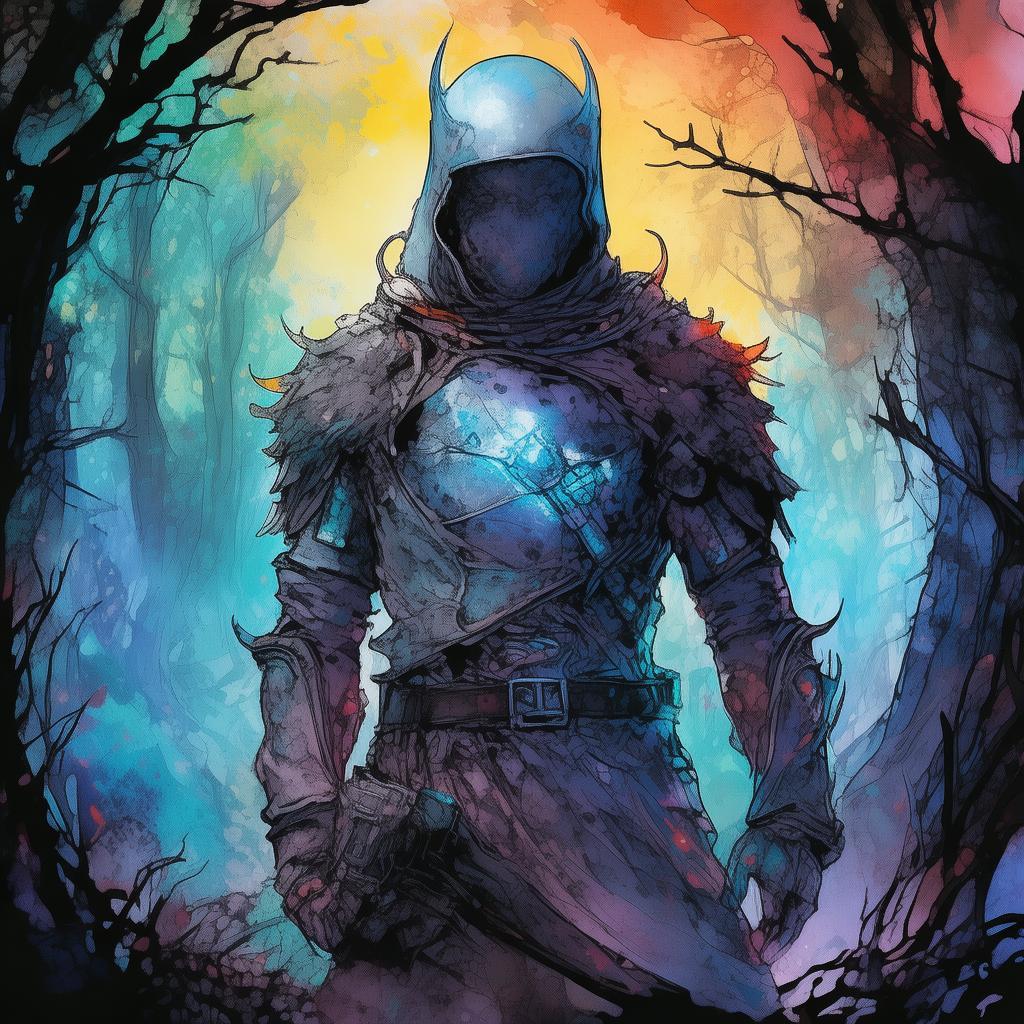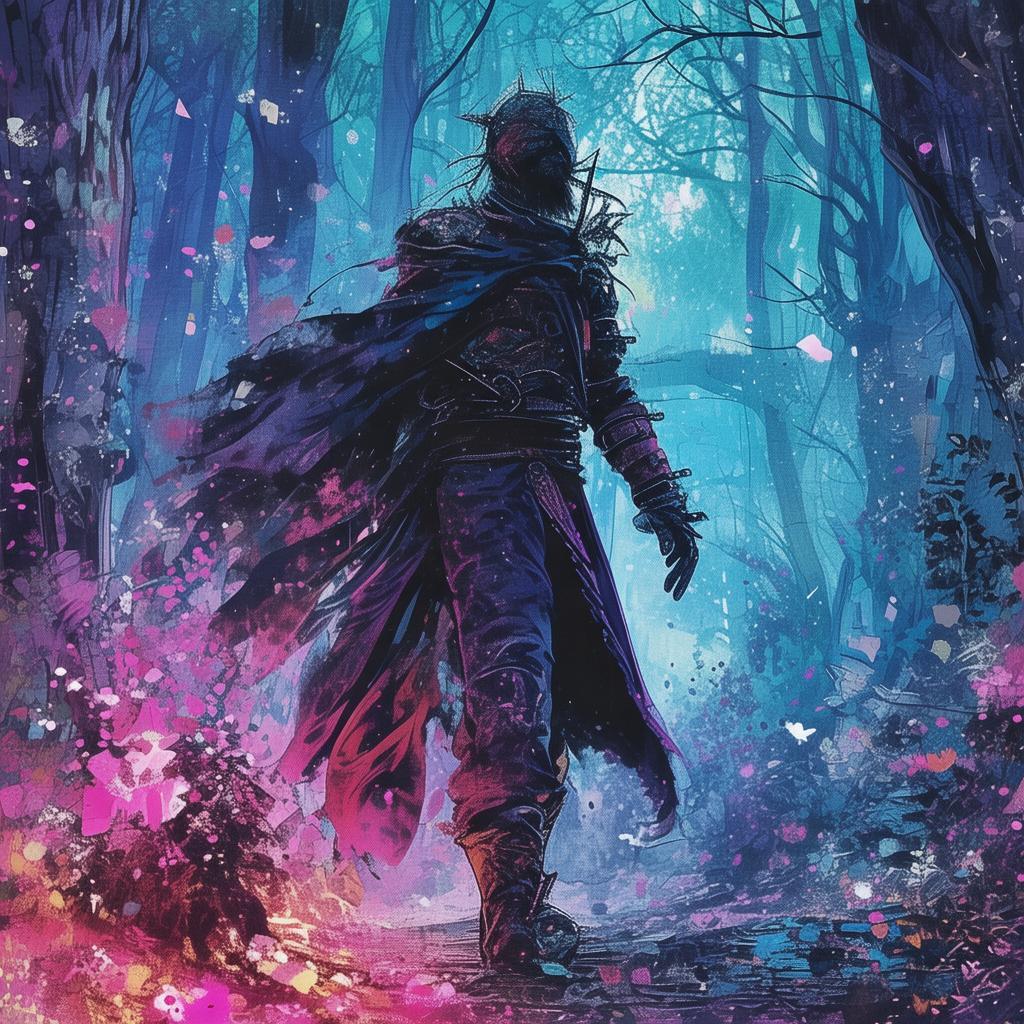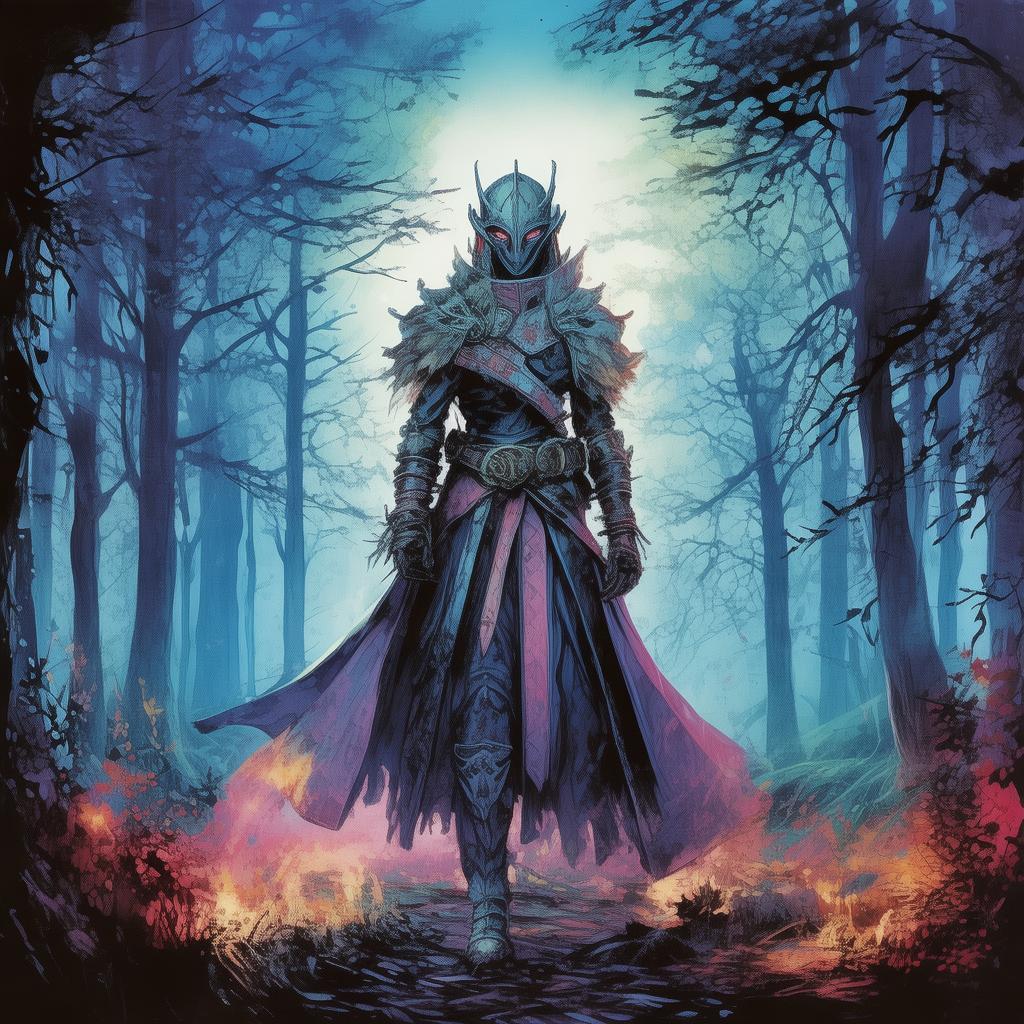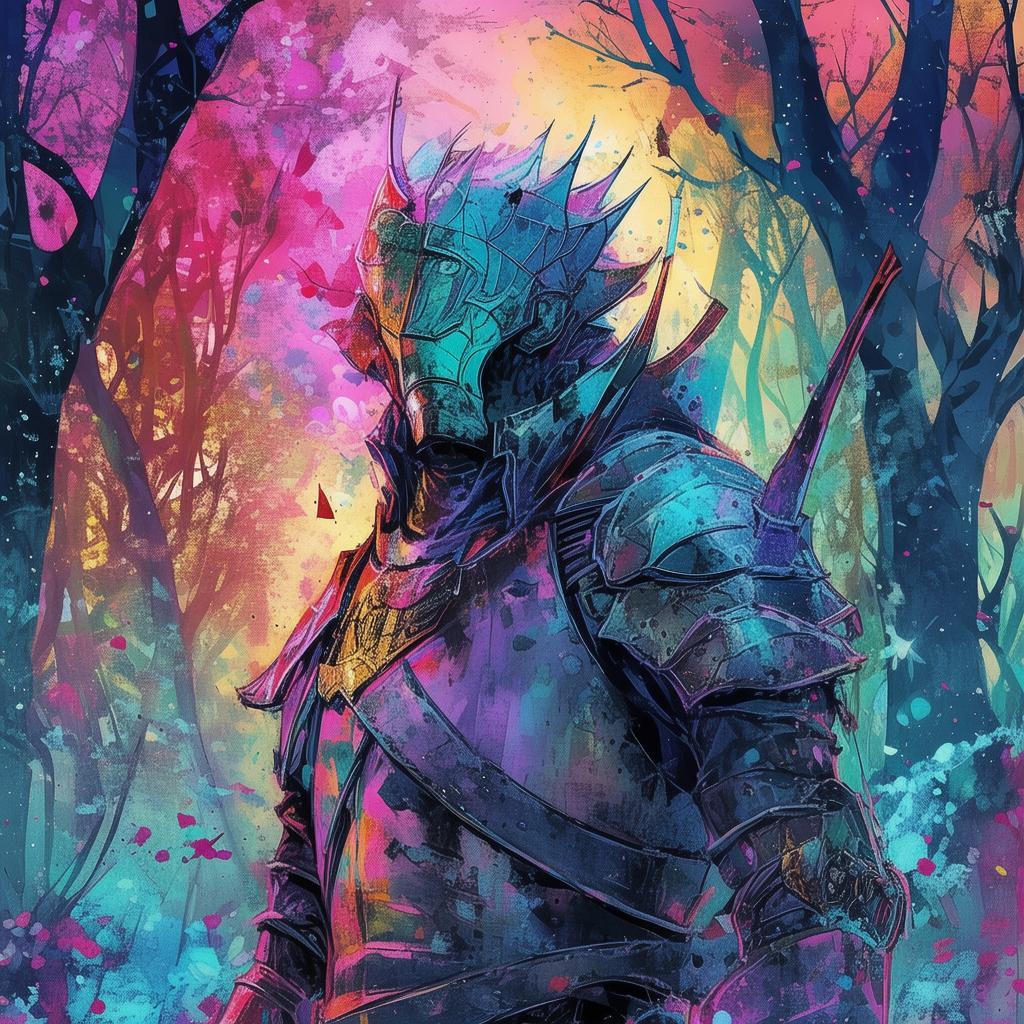Whispers of the Waxed Silk: The Lament of the Weeping Fabric
In the remote and picturesque village of Dabie in Guizhou, nestled among rolling hills and terraced rice fields, there lived a skilled silk weaver named Liang. Her hands were deft and her eyes keen, as she meticulously crafted the most exquisite fabrics from the silkworms that she nurtured with care. The villagers spoke of her work in hushed tones, for Liang’s silk was not merely a fabric—it was a living, breathing testament to her artistry.
One day, a wealthy merchant named Huang arrived in Dabie. His eyes gleamed with greed as he ogled Liang’s wares. He offered a sum of money that was beyond the wildest dreams of the villagers. Liang, knowing the value of her work, initially refused. However, the allure of such wealth was too great to resist, and with a heavy heart, she agreed to sell her most prized creation—a handwoven silk cloth with intricate patterns that told the story of the ancient gods.
Huang took the cloth, his eyes reflecting the darkness of his soul. He sold the cloth to the highest bidder, and soon, whispers of the weeping silk began to spread through the village. At night, the silk would weep blood-red tears, their sound a haunting wail that echoed through the village. The villagers grew fearful, for they believed that the cloth was cursed, and that the tears were the lamentations of its creator, Liang.
Determined to uncover the truth, Liang set out on a journey to find the cloth. She followed the path that Huang had taken, her heart heavy with the weight of her own greed. She traveled through the lush forests and across treacherous rivers, her determination unwavering despite the dangers that lay ahead.

After days of travel, Liang reached a decrepit mansion on the outskirts of a distant village. The mansion was eerie and foreboding, and it was there that she found Huang. He welcomed her with a sinister smile, but Liang was no longer the naive weaver she had once been. She demanded the return of her silk, and Huang, seeing the strength in her eyes, relented.
As Liang took the cloth from Huang, she felt its warmth and saw the blood-red tears begin to flow once more. She knew that the curse was not on the cloth, but on the greedy hearts of those who had touched it. With a deep breath, Liang returned the cloth to its place of origin, her heart heavy with regret.
Back in Dabie, Liang sought out her old mentor, a wise old man named Xian. She explained her journey and the curse that had befallen her creation. Xian listened intently, his eyes reflecting a deep understanding of the world.
“Liang,” he began, “the fabric is a symbol of your artistry and your soul. It is your lament, a testament to the pain of your heart. To break the curse, you must return to your art and let it speak for you once more.”
Liang nodded, understanding the wisdom in Xian’s words. She returned to her loom, her hands trembling with the weight of her past mistakes. She began to weave the fabric, her heart now filled with a newfound purpose. The weeping silk stopped its tears, and the village began to heal.
The legend of the weeping fabric spread far and wide, a story of greed, tragedy, and redemption. And though the blood-red tears may never stop flowing, the village of Dabie will always remember the lesson of the weeping silk—the power of art and the enduring strength of the human spirit.
✨ Original Statement ✨
All articles published on this website (including but not limited to text, images, videos, and other content) are original or authorized for reposting and are protected by relevant laws. Without the explicit written permission of this website, no individual or organization may copy, modify, repost, or use the content for commercial purposes.
If you need to quote or cooperate, please contact this site for authorization. We reserve the right to pursue legal responsibility for any unauthorized use.
Hereby declared.









